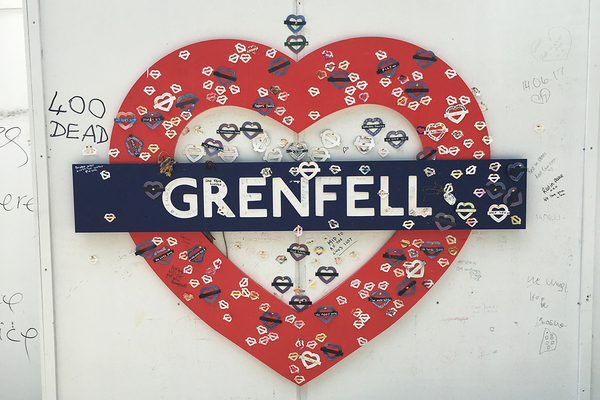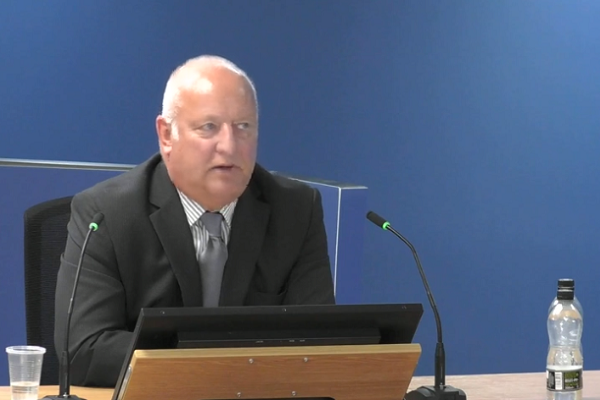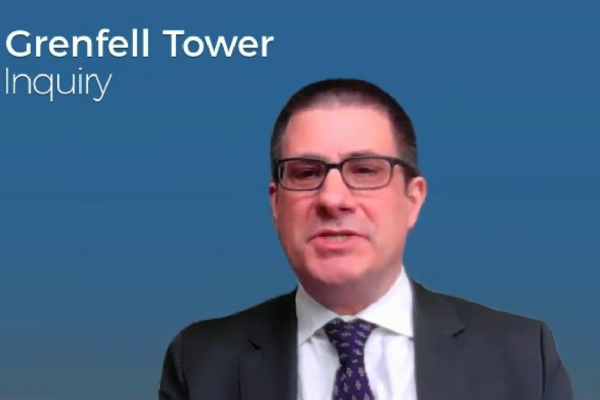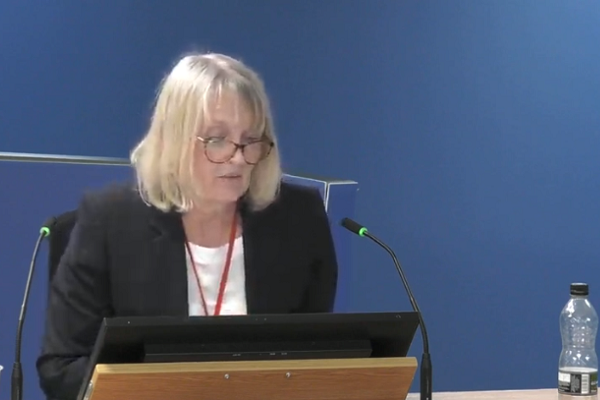Grenfell risk assessor advised KCTMO to tell fire brigade ‘nobody’ in high rises had disabilities, email shows
Grenfell Tower’s fire risk assessor advised the company that managed the block to “say you have nobody” with disabilities in high rises when asked by the London Fire Brigade (LFB) as identifying them would raise questions over why they were not included in risk assessments, emails released by the inquiry show.
In seven years carrying out fire risk assessments (FRAs) for Kensington and Chelsea Tenant Management Organisation’s (KCTMO) 9,000-home stock, Carl Stokes only ever identified two residents who would need extra help evacuating in an emergency.
Giving a second day of evidence, he told the inquiry that he relied on KCTMO to provide him with information about particularly vulnerable residents in its buildings in order to produce personal emergency evacuation plans (PEEPs) – and confirmed that this happened on just two occasions, neither involving Grenfell Tower.
Asked by inquiry lead counsel Richard Millett QC if he was “struck” by this small number, Mr Stokes said “it never came up” in conversations with KCTMO’s health and safety manager, Janice Wray.
He agreed with inquiry chair Sir Martin Moore-Bick’s interpretation that “the fact that she told you of those two led you to regard her failure to mention any others as being a statement that there were no others”.
As a result of this approach, Mr Stokes repeatedly cut-and-pasted text stating “there was no evidence” that any resident had a “sensory impairment that would prevent them from hearing a shouted warning of fire” between FRAs for Grenfell Tower and other buildings, while not mentioning other forms of disability.
He told the inquiry he was never corrected by anyone at KCTMO, even in the two cases where the organisation had alerted him to a disabled resident which he did not reflect in his relevant FRA.
The inquiry has previously heard that 41% of vulnerable residents living at Grenfell Tower perished in the fire of 14 June 2017.
Later today, the inquiry was shown a December 2012 email to KCTMO from the LFB asking for “assistance to identify vulnerable persons” in their stock to put together a business case for installing sprinklers.
This email was forwarded to Mr Stokes by KCTMO’s Ms Wray.
He wrote back: “I would say you have nobody that this refers to because if you had you would have undertaken PEEPs for them and implimented [sic] any findings which would have included additional fire safety measures.
“If you identify anybody now questions like why were they not including in the buildings FRA spring to mind.
“A good response I believe would be thank you for this information if we find anyone in the future we will let you know.”
At this point, Mr Stokes had not been informed about the two disabled people he later produced PEEPs for.
Pressed by Mr Millett, he denied that he was advising Ms Wray against identifying vulnerable people because it “would have immediately prompted the question from the LFB, ‘why are they not referred to in your FRAs?’”.
“No, if that’s your take on it so be it. My response would be, ‘why haven’t I been informed to put them in the FRA,’” Mr Stokes replied.
He denied that he had told Ms Wray to “keep quiet about it”.
The inquiry continues.
Sign up for Inside Housing’s weekly Grenfell Inquiry newsletter
Each week our sister publication Inside Housing sends out a newsletter rounding up the key news from the Grenfell Inquiry, along with exclusive analysis of what it all means for the social housing sector.
Already have an account? Click here to manage your newsletters














